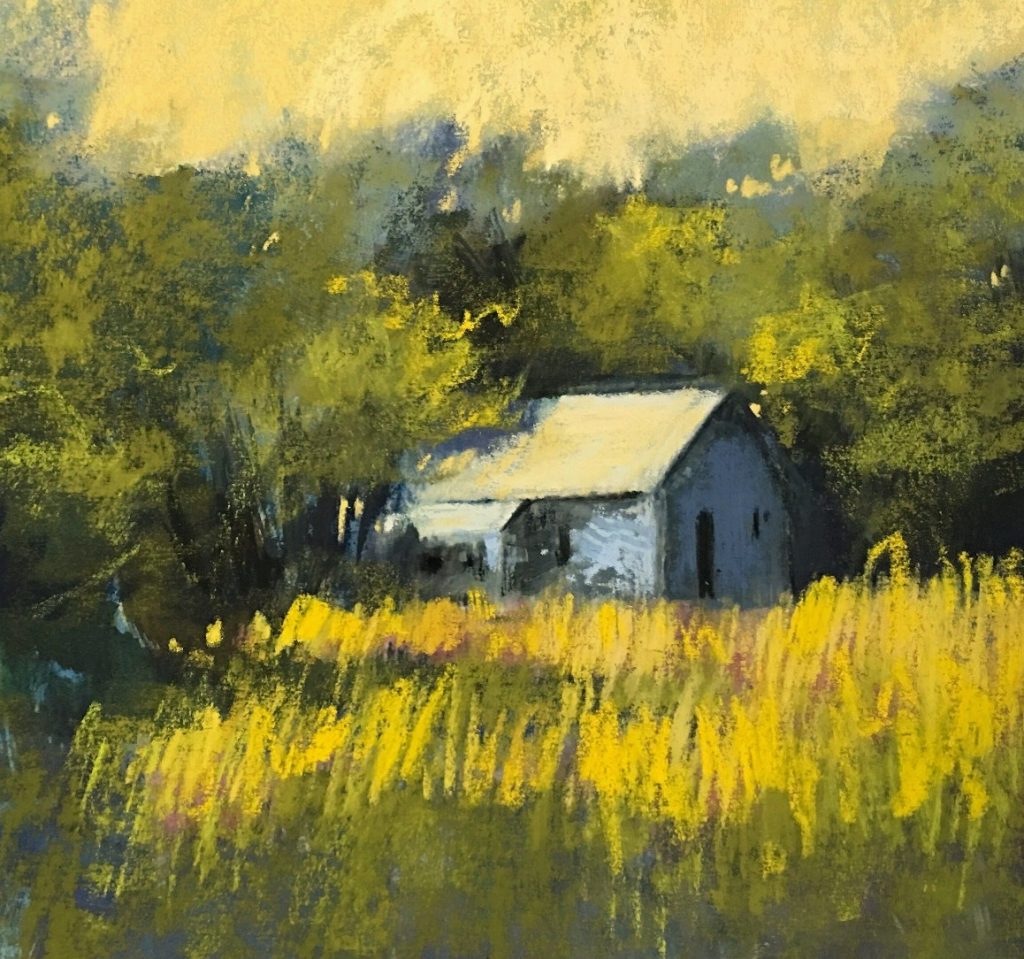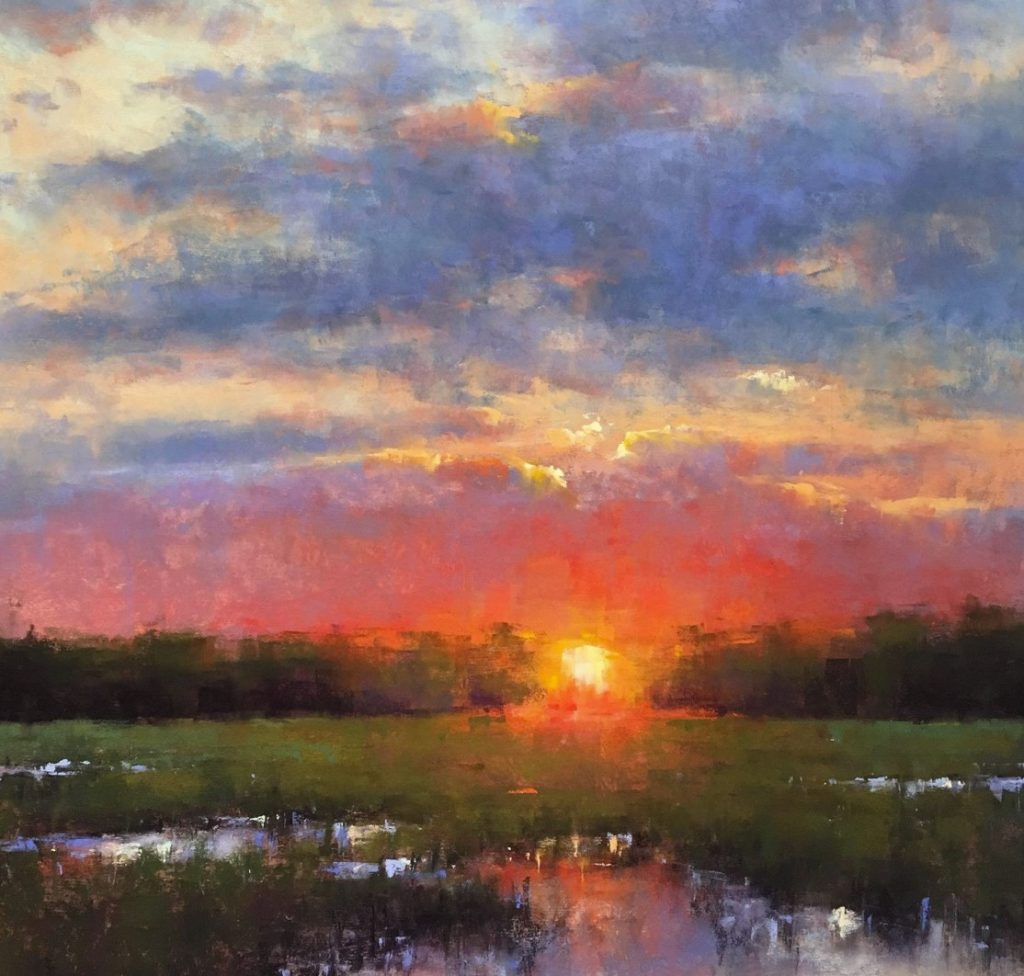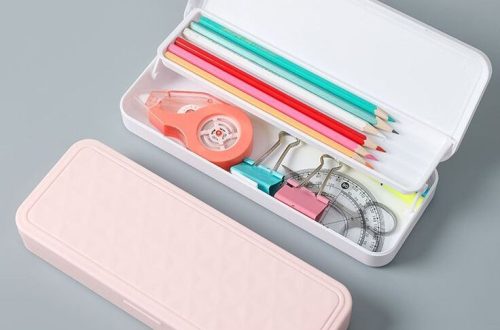Oil pastels, with their vibrant pigments and buttery texture, offer an enticing invitation to create expressive artwork. But the true magic lies in their ability to blend seamlessly, creating a symphony of color that elevates your art. This guide delves into four key techniques to unlock this transformative power and transform your oil pastels into instruments for artistic mastery.

Part 1: Layering Like a Pro – Building the Foundation
Darkness Takes the Stage: Start with Deepest Colors
Unlike traditional drawing where light colors often lay the groundwork, oil pastels thrive with a reversed approach. Begin by applying your darkest colors first. This creates a rich base that peeks through subsequent layers, adding depth and vibrancy to your artwork. Lighter colors applied on top will blend with the darker foundation, resulting in a natural and captivating gradation of tones.
The Dance of Layers: Achieving the Desired Effect
The layers you apply play a crucial role in shaping the final outcome of your oil pastel artwork. A great starting point is laying down a thin initial layer of your darkest color. This foundational layer provides a base for subsequent colors and allows for a smooth transition as you blend lighter hues on top. By varying the number of layers, you can control the intensity and richness of the tones in your composition. Experimenting with additional layers can result in deeper and more saturated colors, creating a vibrant and dynamic visual impact. Conversely, employing fewer layers can bring a delicate and airy feel to your artwork, ideal for creating subtle and nuanced tonal variations. It’s important to consider that adding more color is always an option, but removing it can be challenging with oil pastels. Therefore, understanding the impact of layering on your artwork is key to achieving the desired depth, complexity, and visual impact in your oil pastel creations.

Part 2: Beyond Fingers: Exploring Blending Tools
The Natural Touch: Finger Blending for Softness
Our fingers provide a readily available and effective tool for blending oil pastels, utilizing the natural oils present in our fingertips to soften and spread the colors, resulting in smooth transitions between adjacent hues. This tactile approach is particularly well-suited for beginners and artists seeking to achieve soft, dreamlike effects in their artwork. Nonetheless, when utilizing finger blending, it’s important to be mindful of color transfer. To prevent the muddying of artwork, it’s advisable to clean your fingers frequently during the blending process or use a separate finger for each color. By practicing this careful approach, artists ensure that the integrity and vibrancy of each color are maintained, allowing for precise and controlled blending without compromising the quality of the artwork. Embracing this fingertip blending technique not only provides a direct and tactile connection between the artist and the medium but also encourages a level of precision and intentionality that enhances the overall artistic process.
Expanding Your Toolkit: Blending Stumps and Tortillions
For a cleaner and more controlled blend, consider utilizing blending stumps and tortillions. These paper or fabric tools offer greater precision than fingers. Blending stumps, with their pointed tip, are ideal for blending in tight spaces. Tortillions, with their broader tip, excel at blending larger areas. Use a light touch and circular motions for a seamless transition. These tools also help to lift excess pastel, creating a polished and refined look.

Part 3: Solvent Blending: A Powerful (Optional) Technique
Unlocking Liquid Magic: Solvent Blending for Dramatic Effects
Introducing a solvent, such as odorless mineral spirits, into the realm of oil pastel blending expands the potential creative possibilities and elevates the artistic process. By applying a small amount of solvent with a cotton swab or paintbrush, you can markedly soften and blend the pastels, yielding a result that simulates traditional painting techniques. This approach enables the creation of highly intricate blends and washes of color, pushing the boundaries of what oil pastels can achieve and offering a wider range of expressive possibilities in artwork. Embracing this technique empowers artists to explore and experiment with diverse textures, transitions, and styles, as well as to enhance the overall visual impact and dimensionality of their oil pastel creations. Incorporating a solvent into the blending process introduces a painterly effect, opening up new avenues of artistic expression and providing a deeper level of control and finesse in the manipulation of color and texture within the artwork.
Safety First: Responsible Use of Solvents
Working with solvents requires caution. Always use them in a well-ventilated area and wear a mask to avoid harmful fumes. Test the solvent on a scrap piece of paper first to ensure compatibility with your pastels and paper. Start with a minimal amount of solvent and gradually add more as needed. Remember, removing excess solvent is difficult, so moderation is key.

Part 4: Experimentation and Practice: The Key to Mastery
Embrace the Journey: Exploring Different Blending Methods
Explore the limitless possibilities of oil pastels by fearlessly experimenting with various blending techniques. Combining different methods can lead to the discovery of unique and compelling effects within your artwork. Consider layering your colors and experimenting with finger blending to achieve a seamless and organic transition between hues. Additionally, introducing a solvent to soften heavily blended areas can add depth and dimension to your compositions, creating a striking visual impact. By playing with different color combinations, you can observe how they interact when blended, creating new and exciting tonal harmonies. Embrace experimentation as a fundamental part of your artistic process, as it will not only enhance your comfort and confidence with oil pastels but also nurture your creativity, leading to the development of a distinct and personal artistic style. Allowing yourself the freedom to experiment and play with different techniques will open up a world of creative possibilities and inspire your growth and proficiency as an oil pastel artist.
Practice Makes Progress: Refining Your Skills
As with any artistic endeavor, mastering oil pastel blending takes dedication. Set aside time to create small studies or practice sheets specifically focused on blending techniques. The more you practice, the better you’ll understand how the pastels react under different pressures and blending methods. Embrace the learning process and enjoy the journey of discovering the true potential of oil pastels.

By incorporating these techniques and fostering a spirit of exploration, you’ll unlock the transformative power of oil pastel blending. Achieve smooth and effortless transitions, from subtle gradients to dramatic flourishes, and watch your artwork blossom into a captivating display of color and depth. So, grab your oil pastels, unleash your creativity, and embark on your artistic journey!




